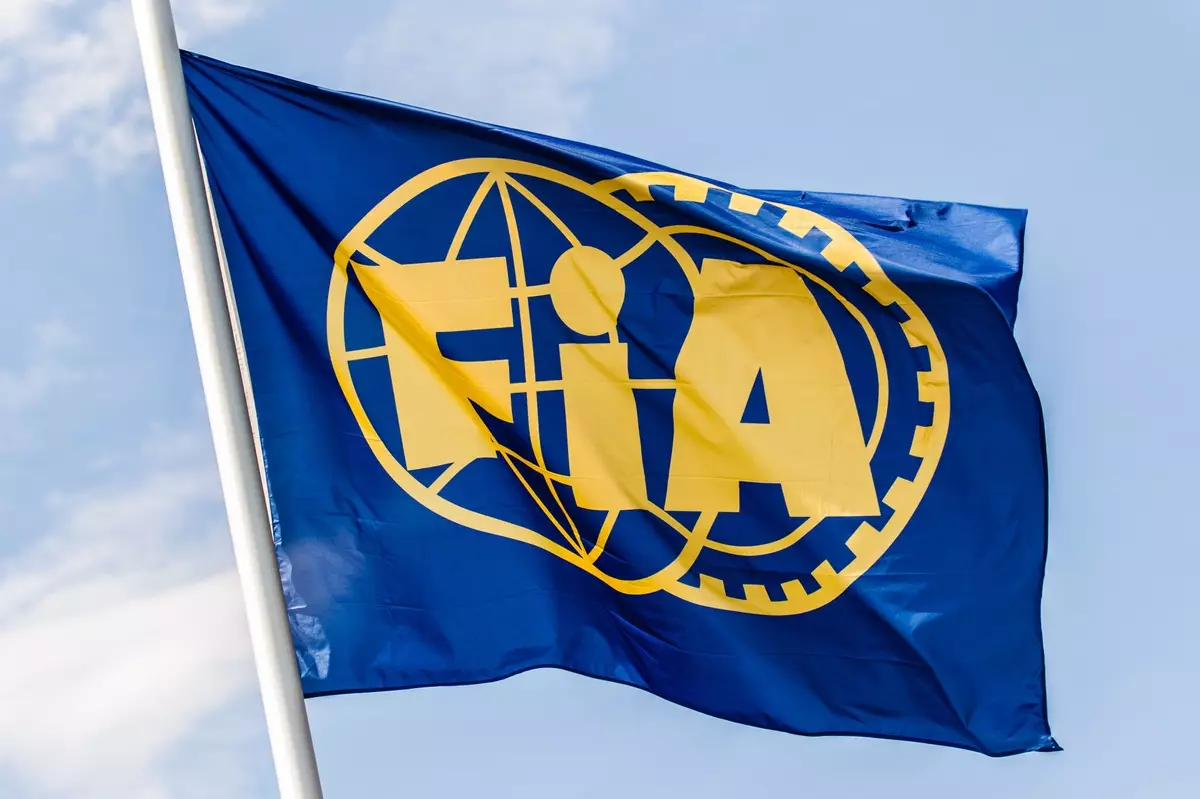The landscape of Formula 1 is continually evolving, and the latest developments from the FIA reflect a significant shift in how the organization approaches its governance and operational structure. The departure of Sara Mariani, who held the important role of Sustainability, Diversity, and Inclusion (D&I) director, underscores the challenges faced by organizations in aligning their missions with effective leadership. Mariani’s unexpected exit after eighteen months is not just a mere reshuffling of titles; it represents broader strategic pivots that may have serious implications for Formula 1’s future direction, particularly in the realms of sustainability and ethical practices.
Redundancy: A Reflection of Organizational Rethinking
Mariani’s position was rendered redundant amid structural changes, one of the initial signs that the FIA is serious about optimizing its operations. Breaking the D&I function into two distinct divisions might seem a strategic move; however, it raises questions about the effectiveness of this strategy. While the FIA seeks to address its internal and external challenges regarding diversity and sustainability, it remains to be seen whether disaggregating roles will yield a cultivated and empowered approach to these critical issues. Will the new divisions be sufficiently funded and supported to drive meaningful change, or will this be yet another case of setting lofty goals without the requisite structural backing?
In her farewell message, Mariani expressed a sense of loss intertwined with hope, hinting that her contributions might have laid groundwork for future leaders, especially women. This sentiment highlights a crucial aspect of leadership in sports organizations where, despite progress, inequities remain. Mariani’s lament about her departure not being anticipated resonates with many professionals facing the unpredictability of job security in transformative industries.
A Shifting Paradigm in FIA’s Leadership Philosophy
The FIA’s changes come on the heels of several high-profile resignations, including Robert Reid’s departure as deputy president for sport. Collectively, these changes signal a deeper reckoning within the organization—a moment for reflection and reevaluation of leadership philosophies. The return to a more hierarchical structure may inadvertently stifle innovation and the inclusivity that both the sustainability and D&I roles were initially designed to champion. Will the divisions created under new leadership be enough to safeguard the values of diversity and sustainability that fans and stakeholders increasingly demand?
Moreover, as the FIA transitions its sustainability program under Willem Groenewald and its diversity work under senior human resources director Alessandra Malhame, the success of this multimodal approach will largely depend on the synergy between these divisions. Without a collaborative framework, the potential for siloed objectives looms large, risking the very holistic vision that was intended in having such roles.
The Bigger Picture: Navigating Challenges in Motorsport
Moreover, the question arises: in a sport as competitive and high-stakes as Formula 1, how does one navigate the precarious balance between agility and stability? The scrutiny surrounding leadership transitions will only intensify as fans and stakeholders keep a watchful eye on how these developments unfold. It is paramount that the FIA not only seeks to adapt to new operational norms but actively engages in a dialogue with all stakeholders to ensure that the transition leads to a genuinely constructive outcome.
While the landscape is rife with uncertainty, it is also brimming with opportunity. The FIA now stands at a crossroads, and how it executes its vision for the future may very well dictate its legacy in the fast-paced world of motorsport. Ultimately, the real test will be whether the FIA can leverage these changes into a more agile, inclusive, and sustainable entity that champions not only the sport but the values it aspires to uphold.


Leave a Reply